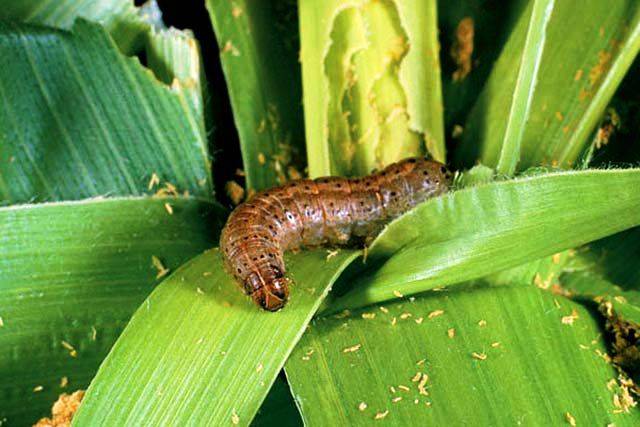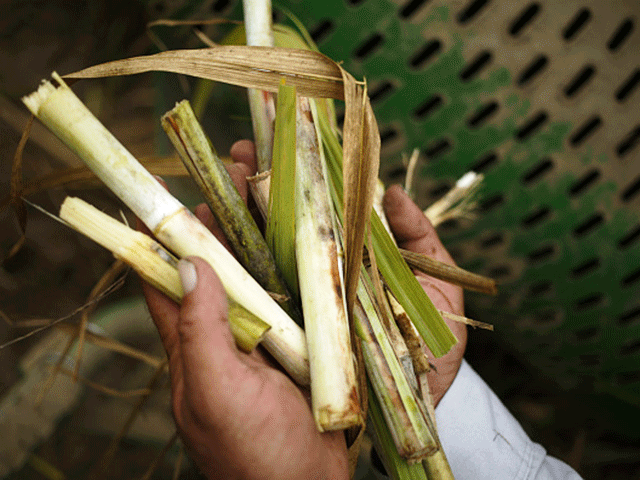
The Bengaluru-based, National Bureau of Agricultural Insect Resources says it has found ‘Fall Armyworm’ in the Indian state of Maharashtra. The Entomologists have detected the presence of Fall Armyworm on sugarcane crops.
To recall, Fall Armyworm is a dreadful insect which is considered a big threat to global food security. The insect was first detected in Karnataka in May and its presence was confirmed in Tamil Nadu, Andhra Pradesh, Telangana, and West Bengal.
Ankush Chrome, an agronomist working with a private multinational company said: “We have noticed the presence of Fall Armyworm not only on maize but also on sugarcane crop in Solapur district of Maharashtra”. Another scientist said they detected the bug during the vegetative stage of crops. But luckily it has not caused much harm to the crops.

However, laboratory verification of the insect’s presence on sugarcane is awaited. Chormule said the fast spread of Fall Armyworm from one state to another suggests that it could have arrived in the country a few years ago. On the other hand top government officials of Maharashtra agriculture department have already issued advisories about the insect.
“We are going to include inspection of Fall Armyworm under the state’s ‘Cropsap’ scheme during the Rabi and the summer crop,” informed a representative on condition of anonymity. However, the department has not yet reported its presence on sugarcane. Growers are not aware as to how to destroy the insect.
It must be noted that Fall Armyworm prefers maize but can also feed on more than 80 additional species of plants, which includes sugarcane, rice, cotton etc.















